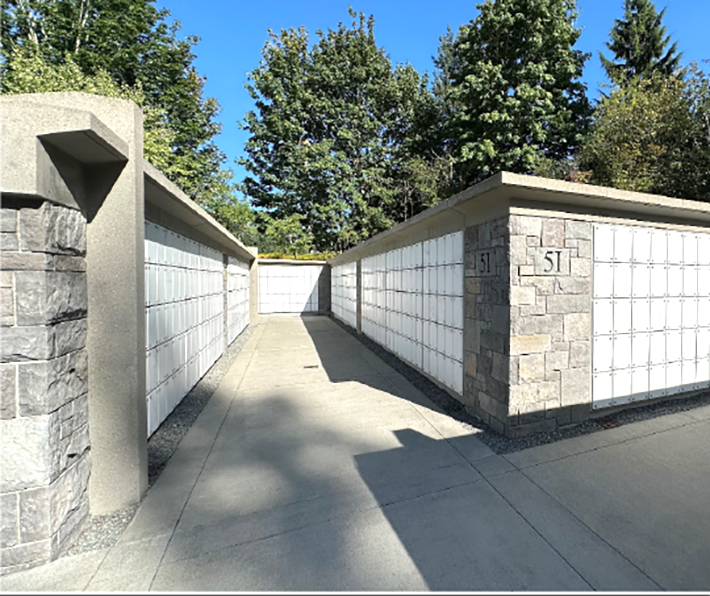A year from now, in September or October 2024, Tahoma National Cemetery, “Where Heroes Rest,” will be abuzz with construction activity. The Phase-3 expansion project, scheduled to be completed over thirty months, will be underway, providing for increased burial space and improved or new physical structures at Washington State’s first and only national cemetery. According to Director Thomas Yokes, Phase-3 expansion will include grounds development, landscaping, and signage. The construction will consist of the installation of 7,430 in-ground cremated remains spaces, 1,600 pre-placed crypts for casketed remains, 400 oversized pre-placed crypts for casketed remains, 288 traditional burial sites, a natural-green burial section, 18,532 columbarium niches for cremated remains, and 364 memorial wall plaques. Director Yokes expects the new burial fields to ensure another ten to fifteen years of uninterrupted service to veterans at the national cemetery.

In addition, the National Cemetery Administration plans to build a public restroom in the expansion area, remodel the current administration building, construct a building for use by the volunteer honor guards, and carve out a paved loop drive to access the new burial spaces. The ten interment sites will encompass fourteen acres in the northwest quadrant of the national cemetery behind the Main Flagpole and Assembly Area. Phase-3 expansion will bring the total number of burial spaces at Tahoma National Cemetery to over 100,000. At the end of July, there had been almost seventy thousand interments of veterans and their family members. Phase-4 expansion, which will complete the development of the 158-acre sacred site that opened for burials on October 1, 1997, will be undertaken at a time yet to be determined. As construction begins next year, Director Yokes affirms his “support of our visitors, volunteers, and the public,” thanking them for continuing “to show flexibility and patience.” Director Yokes promises that he and his staff “will do everything possible to minimize disruption or other impacts to cemetery operations caused by the Phase-3 expansion.”





